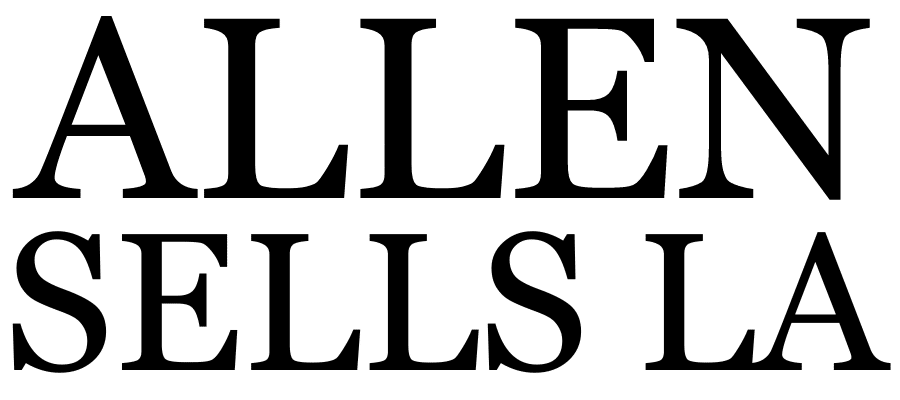How Small Sober Living Homes Are Helping Solve a Big Crisis
As California continues to confront the challenges of homelessness, a growing number of individuals and grassroots organizations are stepping in with creative housing solutions. One promising approach involves integrating sober living homes into the state’s larger Housing First model—a strategy that prioritizes immediate housing access without preconditions.
This effort is not only reshaping neighborhoods but also proving that real change can start in someone’s backyard.
From Personal Recovery to Community Impact
The story of Thea Golden is a compelling example of how personal experience can inspire public good. After years of overcoming substance abuse and volunteering as a peer counselor, Thea and her husband, Tyler, purchased a home in Los Angeles’ Jefferson Park neighborhood.
Instead of using their property for traditional purposes, they converted an illegally built garage into a permitted Accessory Dwelling Unit (ADU). In 2021, they launched LA Recovery Connect, a nonprofit sober living program for women in recovery.
Since its inception, five women have passed through the program—two reunited with family, while three moved into independent housing, paying their own way. It’s a small but powerful example of how community-based housing can change lives.
ADUs: A Flexible Solution for Urban Housing
Accessory Dwelling Units are fast becoming a go-to strategy for tackling California’s housing shortage. These compact structures—whether newly built or converted from existing space—allow homeowners to add value to their property while supporting meaningful causes.
In the case of LA Recovery Connect, the ADU serves as a safe and structured environment for women in recovery, bridging the gap between shelter and permanent housing. Programs like this can be duplicated throughout California with the right mix of permitting, vision, and community support.
Blending Recovery Housing with Housing First
The Housing First model aims to get people off the streets and into stable housing quickly, without preconditions like sobriety or treatment. While effective in many cases, it doesn’t always meet the needs of those actively seeking recovery from substance abuse.
That’s where sober living homes can fill the gap. By integrating recovery-focused housing into the broader Housing First framework, California can offer more personalized pathways for individuals who are ready to take that next step.
The Role of Real Estate in Building Stronger Communities
As real estate professionals, investors, and homeowners, we have a unique opportunity to help shape the future of housing in our state. Whether it’s building an ADU, converting an unused space, or partnering with nonprofits, every effort counts.
Sober living homes, in particular, represent a chance to support both housing stability and long-term recovery. These solutions can also provide property owners with meaningful investment options that align with their values.
Boutique Realty: Your Partner in Purpose-Driven Real Estate
At Boutique Realty, we understand that real estate is about more than buying and selling—it’s about creating spaces that make a difference. Whether you’re a homeowner looking to build an ADU, an investor interested in socially responsible projects, or simply curious about how you can help address California’s housing challenges, we’re here to support you.
Ready to Make an Impact Through Real Estate?
Let’s turn your property goals into a force for good.
📞 Call us: 818-312-0831
📧 Email us: al***@**********la.com
🌐 Visit us: allensellsla.comBoutique Realty—Helping You Invest with Purpose.
